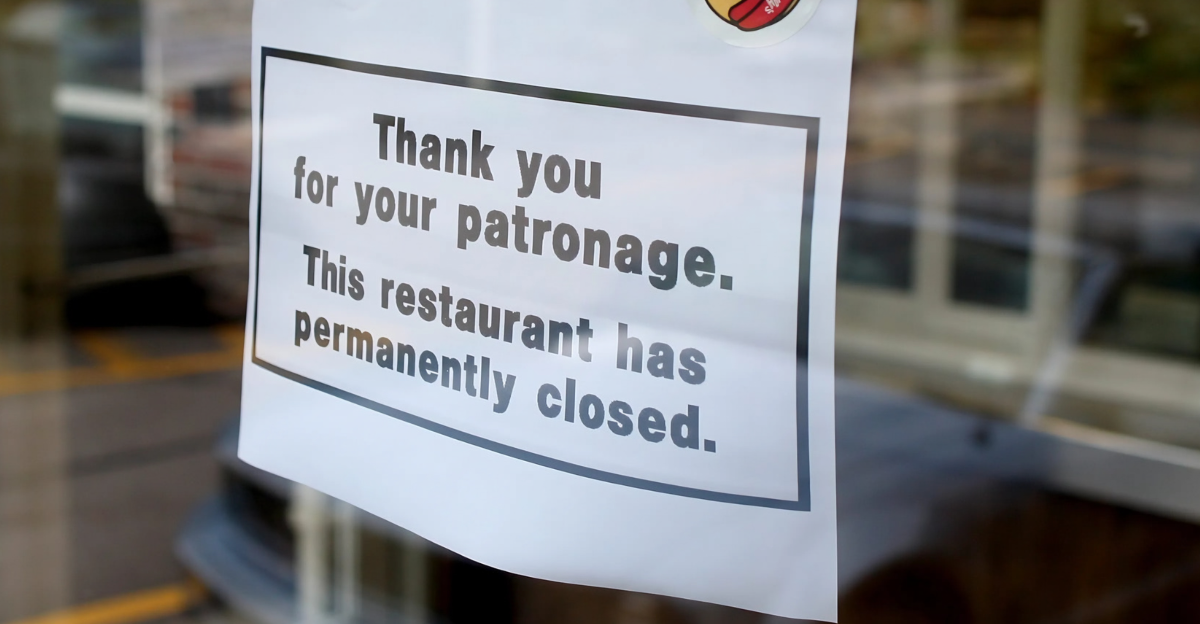
The restaurant industry, a long-time mainstay of American society and economic well-being, is experiencing a historic wave of bankruptcies. Six major chains, namely Hooters, Bar Louie, On The Border, Bertucci’s, Planta, and TGI Fridays, filed for bankruptcy in 2025 alone, suggesting structural issues beyond economic downturns.
Inflation, changing consumer behavior, and the lasting effects of the pandemic are three contributing factors to these businesses’ demise. There is something almost emotional here: once-adored brands of comfort and community are on the precipice of extinction. This article examines why this restaurant reckoning is happening, the ramifications, and the greater impact.
1. Hooters
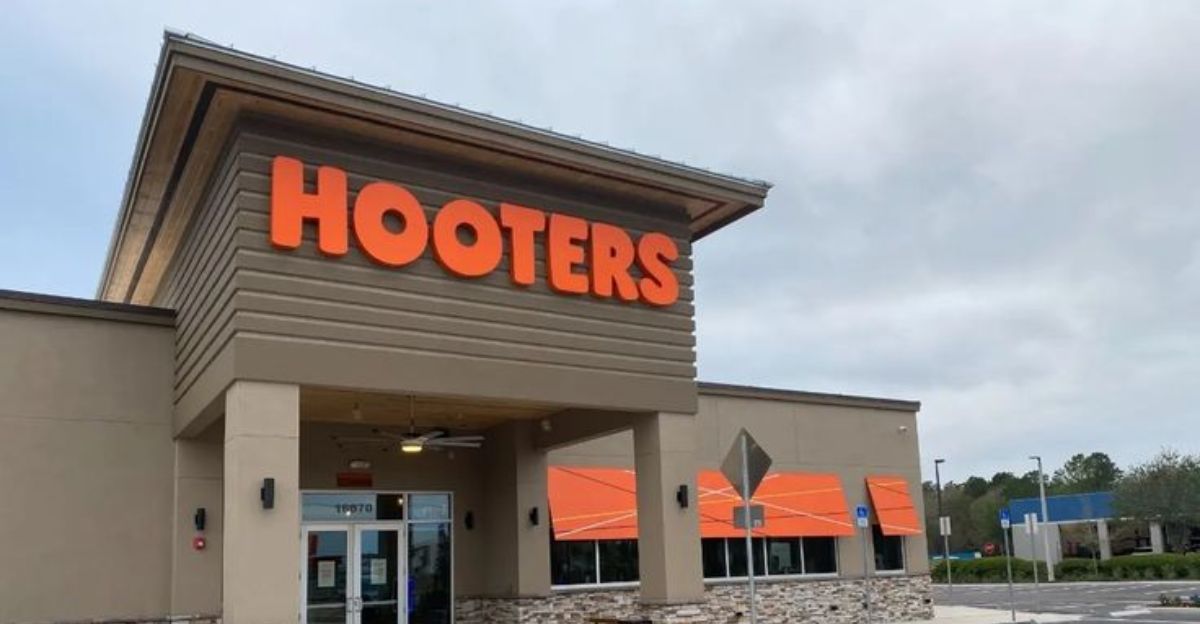
Hooters’ bankruptcy filing in March 2025 is a stark example of the value destruction that happens when private equity firms weaken brands when they take ownership without bringing brand expertise. Weighted down by $376 million in debt, the chain is unloading 100 restaurants to experienced franchisees to turn itself around.
That says something bigger: financial engineering is no substitute for brand stewardship. Hooters’ struggles can also represent how those legacy concepts will have to transform or die due to evolving consumer expectations and increasing competition. Hooters’ effort to return the brand to its roots may inspire other chains bogged down in the same trap.
2. Bar Louie
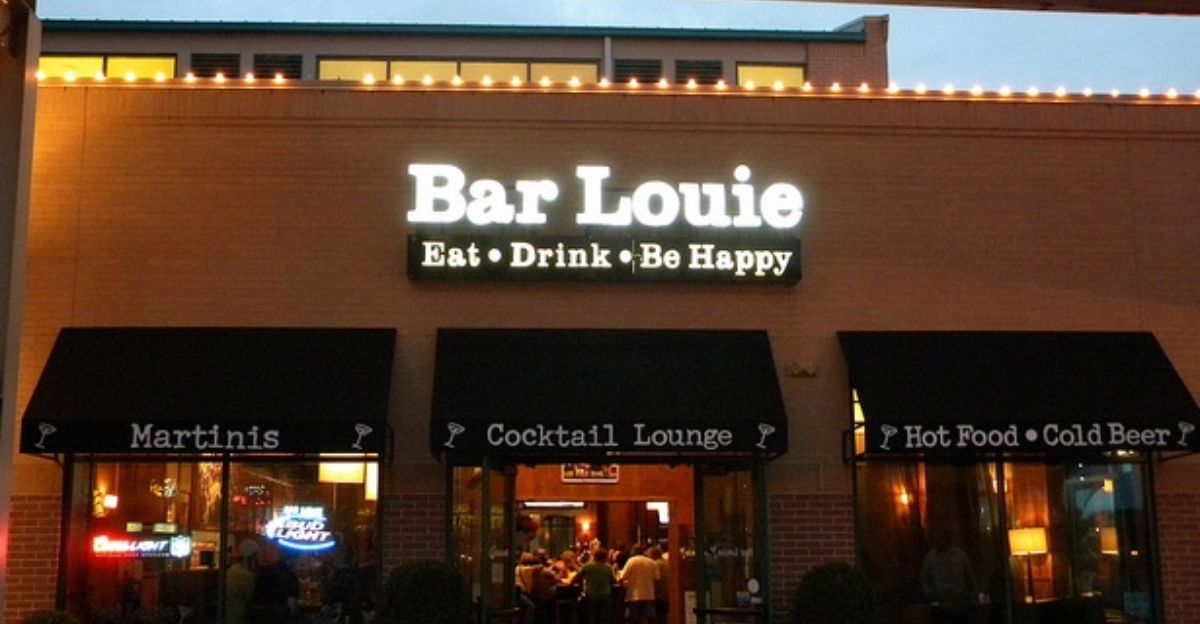
Bar Louie’s second bankruptcy filing since 2020 poses the danger of not being aware of changing consumer habits. Bar Louie’s second bankruptcy filing since 2020 raises the risk of failure when they ignore changing consumer patterns and economic conditions.
Rising operational expenses and decreased dining out by consumers have constricted margins, and Bar Louie’s continued inability to increase sales has resulted in closures of unproductive sites and economic conditions. Rising operation costs and decreazed dining out have tightened margins and forced Bar Louie to close underperforming locations.
This distress’s repetition suggests that piecemeal remediation will not suffice; leaders must rebuild the business model from the ground up. Bar Louie’s struggle shows that casual bar chains must evolve quickly or risk disappearing in a market that increasingly favors fast-casual and delivery-focused models.
3. On The Border
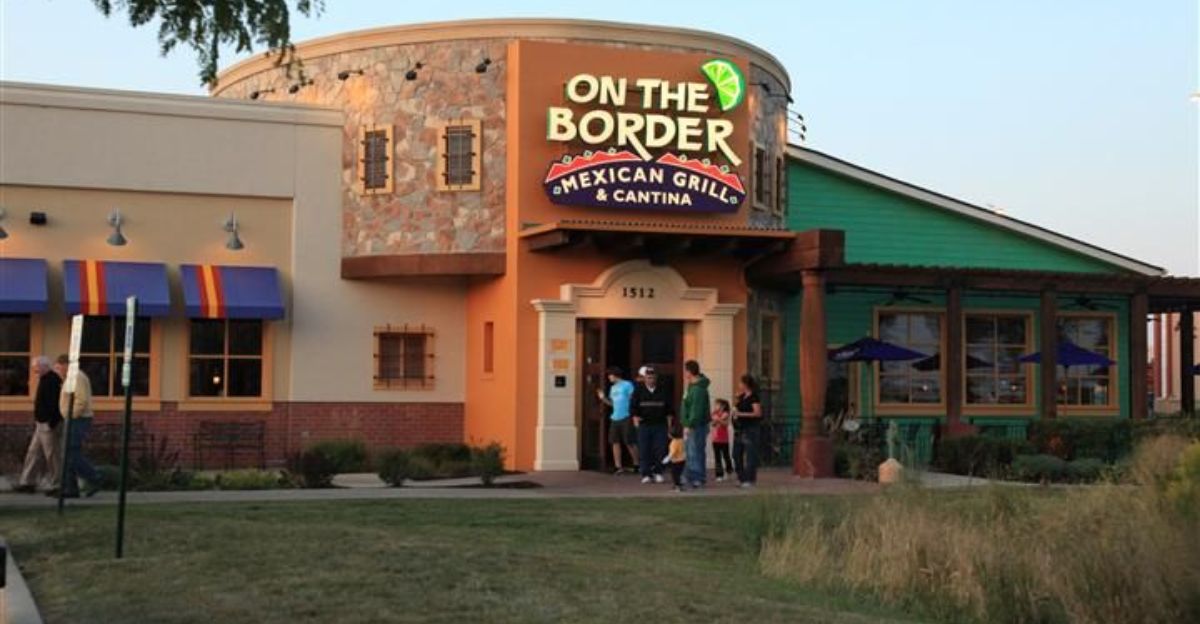
On the Border’s bankruptcy and the shutdown of 40 locations reflect more than one chain’s failure—they highlight a broader downturn in the mid-tier casual dining segment. The company’s battle to pay $19 million of debt amid rising costs and unpredictable consumer behavior highlights the pressure on restaurant chains to adapt quickly.
Despite having a niche Tex-Mex offering, On The Border’s troubles show that cultural or specialty cuisine is not a source of stability. In today’s competitive and evolving market, survival depends on innovative debt management, operational efficiency, and a willingness to reinvent brand and experience.
4. Bertucci’s
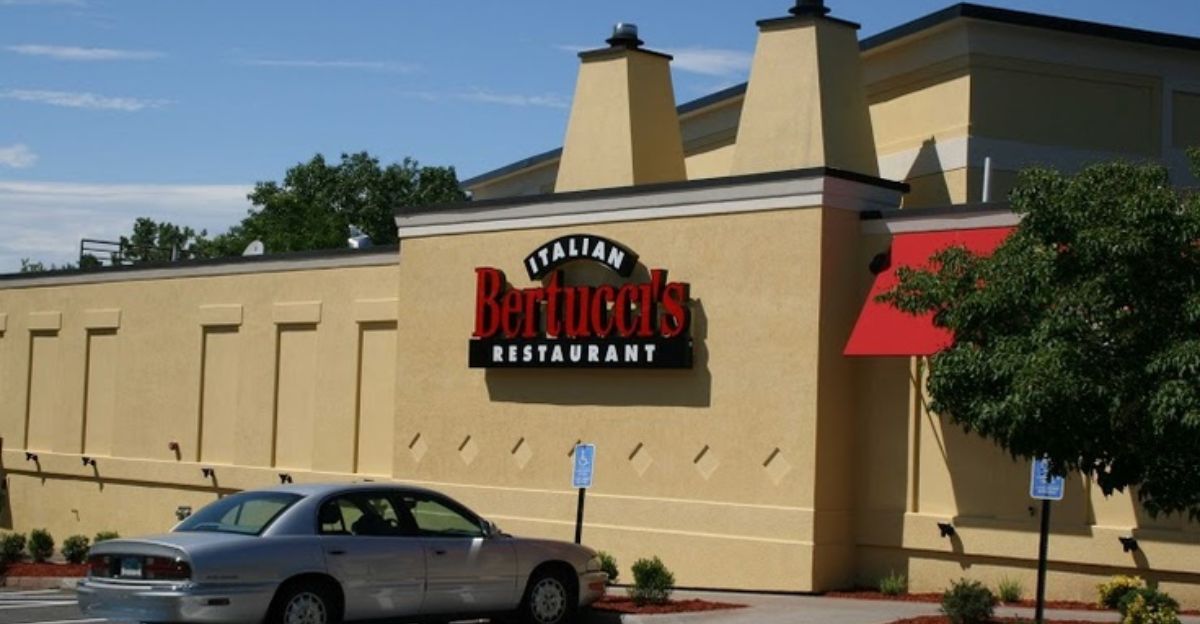
Bertucci’s third Chapter 11 bankruptcy filing in 2025 is a sobering reminder that persistence without meaningful change leads to diminishing returns. The adaptation of the Italian fast-casual restaurant chain Bertucci’s Pronto demonstrates a growing recognition that full-service dining may not be able to meet the evolving expectations of its patrons.
I have recognized that legacy brands must rely on more than their name or nostalgia in a market shift driven by speed, convenience, and affordability. The story of Bertucci’s indicates the critical need to embrace new service models and operating systems to stay competitive, relevant, and profitable in an era of rapid change in the restaurant business.
5. Planta

While demand for plant-based diets continues to rise, Planta’s death illustrates that no matter the trend or niche popularity, heavy overhead and low traffic will ultimately lead to failure. It is a cautionary tale of the downside of branding in a bleak economy.
It highlights the importance of combining creativity, sound financial management, and adaptability to survive in a volatile market. Although consumer demand for plant-based diets is still rising, Planta’s shutdown shows that strong trends or a niche following cannot compensate for low foot traffic and operating expenses.
6. TGI Fridays
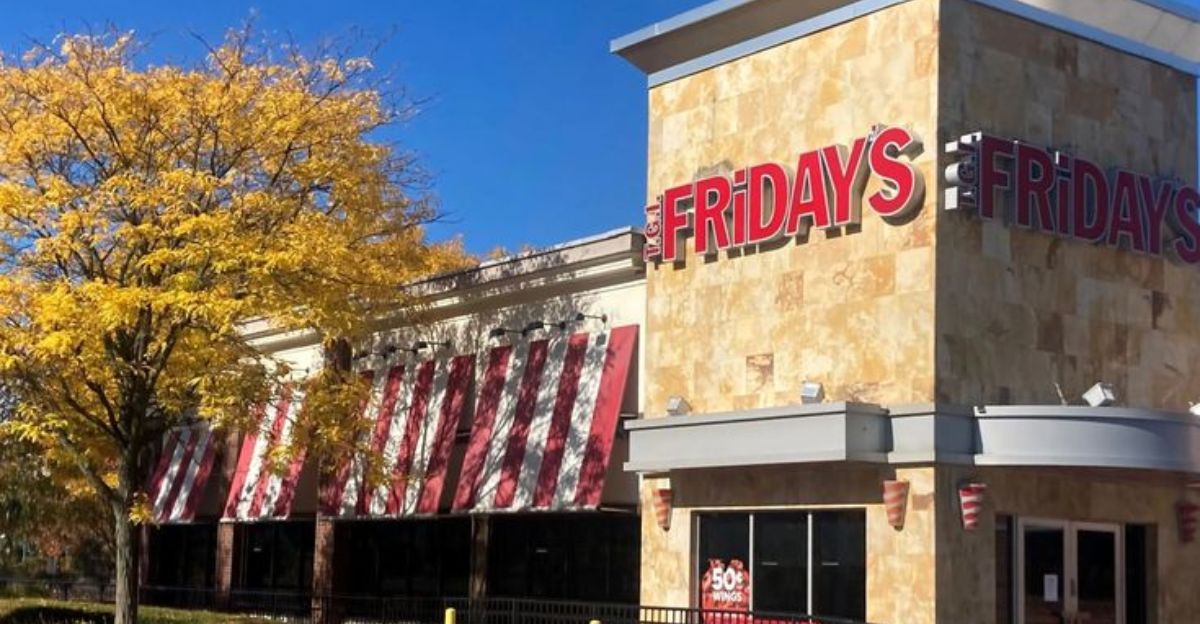
Heavy debt to thousands of creditors drives TGI Fridays into bankruptcy, revealing deep financial strain within the brand. This illustrates how capital structures established during the pandemic have become liabilities in today’s more difficult economic environment.
The once-famous chain has suffered a severe and heartbreaking setback, with 85 locations closed in 2024 alone. A sharp decline in dining out and excessive rent obligations caused chains to accumulate heavy debt during the COVID-19 pandemic to survive shutdowns.
Still, they struggle to repay it as consumer conduct shifts. Hence, Planta’s collapse exposes the weakness of trend-driven concepts without solid financial foundations. Over $613,000 in arrears alone for the West Hollywood restaurant underscores the vulnerability of upscale, health-focused restaurant concepts during challenging moments.
How Pandemic Borrowing Doomed Many Chains

The common thread through these bankruptcies is the accumulated debt incurred during the COVID-19 pandemic. Most chains acquired unsustainable debts to survive shutdowns, only to find they could not service such debt once consumer trends shifted.
Bankruptcy attorney Daniel Gielchinsky cautions that this is how restaurant bankruptcies will be for businesses that disappear from the map in five years. This debt trap exposes a systemic weakness; it is often too weak a capital structure to sustain prolonged shocks in the restaurant industry, requiring rethinking finance models.
Changes in Consumer Behavior

The key factor driving these bankruptcies is a significant shift in consumer behavior. Economic uncertainty, ongoing inflation, and evolving lifestyles lead people to favor convenience, affordability, and flexibility instead of dining out.
Conversely, ideas based on delivery and/or fast-casual dining have rapidly gained traction, feeding what consumers now want: convenience. The COVID-19 pandemic sped up this change, making off-premise dining options and digital integration necessary rather than optional.
Conventional full-service chains are becoming obsolete if they don’t integrate with delivery services, implement digital ordering platforms, and streamline their menus.
A Moment of Reckoning and the Way Forward
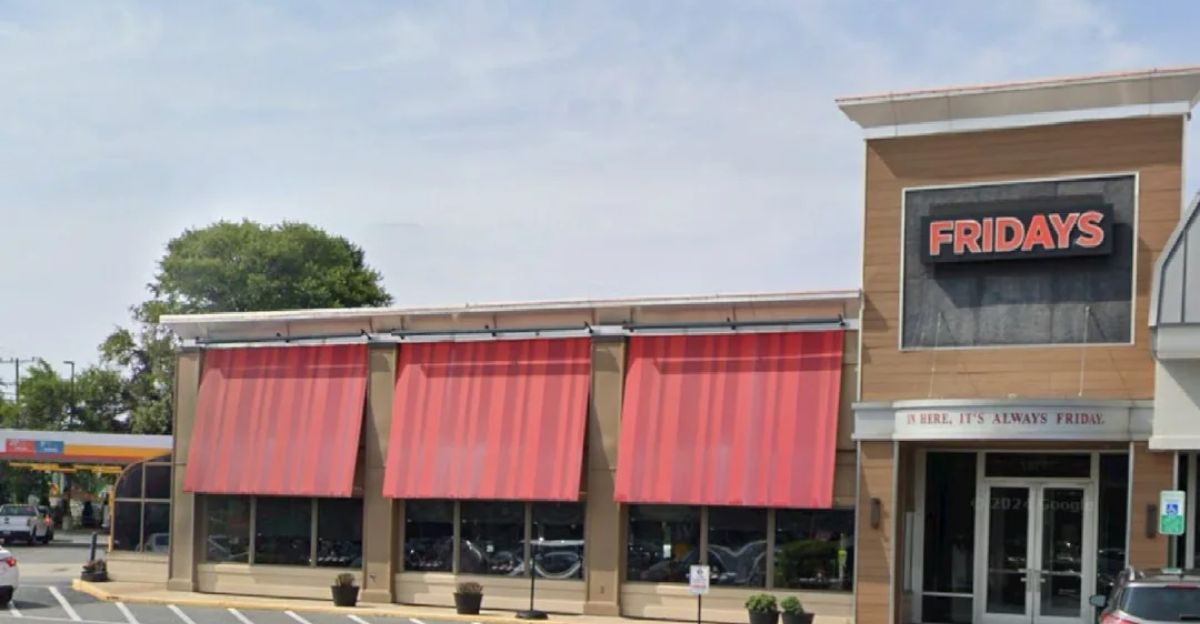
The wave of bankruptcies seen at large restaurant operators in the restaurant space amounts to more of a structural reckoning than a cyclical downturn. It uncovers outdated business models, unsustainable levels of debt, and resistance to changing their businesses to establish changing tastes used at large restaurant operators in the restaurant space, which is more of a structural reckoning than a cyclical downturn.
This reveals out-of-date business models, untenable debt loads, and failure to pivot their business in light of changing preferences. Second- and third-order effects are the loss of employment, commercial property vacancy, and a redefinition of the restaurant culture.
More Giants in Troubled Waters
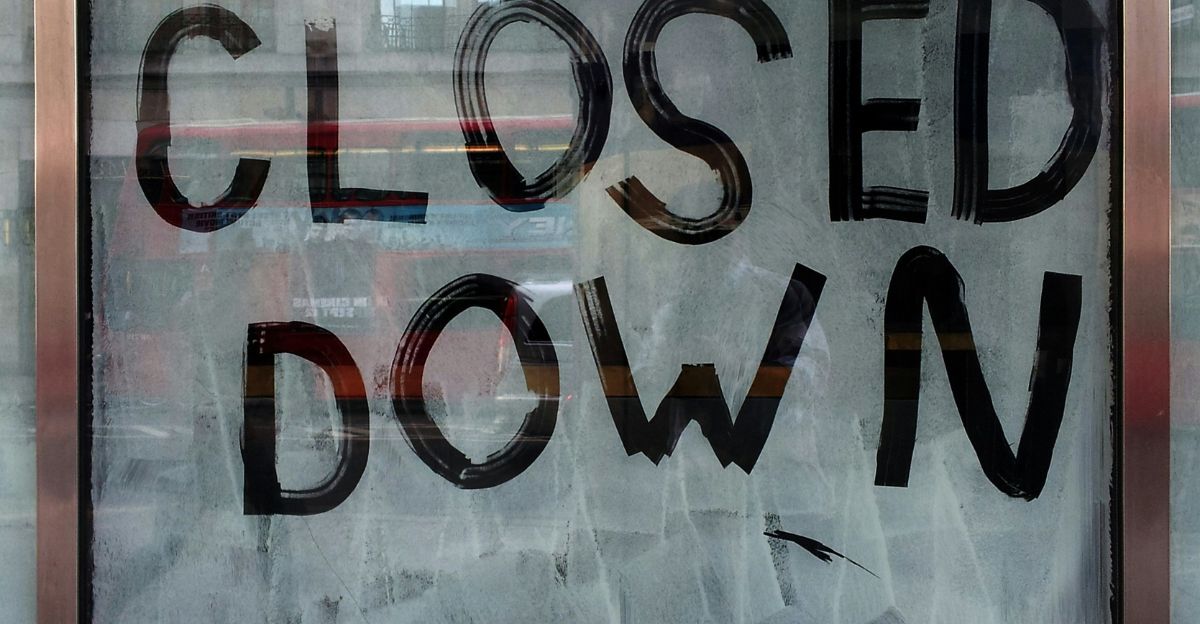
The initial wave of large restaurant chain bankruptcies was only the beginning. The financial crisis is more profound, sweeping away a broad set of brands in multiple dining categories. From seafood institutions to family-style Italian and fast casual, these six additional chains reveal the systemic nature of the crisis.
Their struggles mirror the urgent need for an overhaul due to rising expenses, shifting consumer preferences, and pandemic aftershocks. Taking lessons from these cases offers valuable survival and adaptation tips in a sector making a turn.
Red Lobster
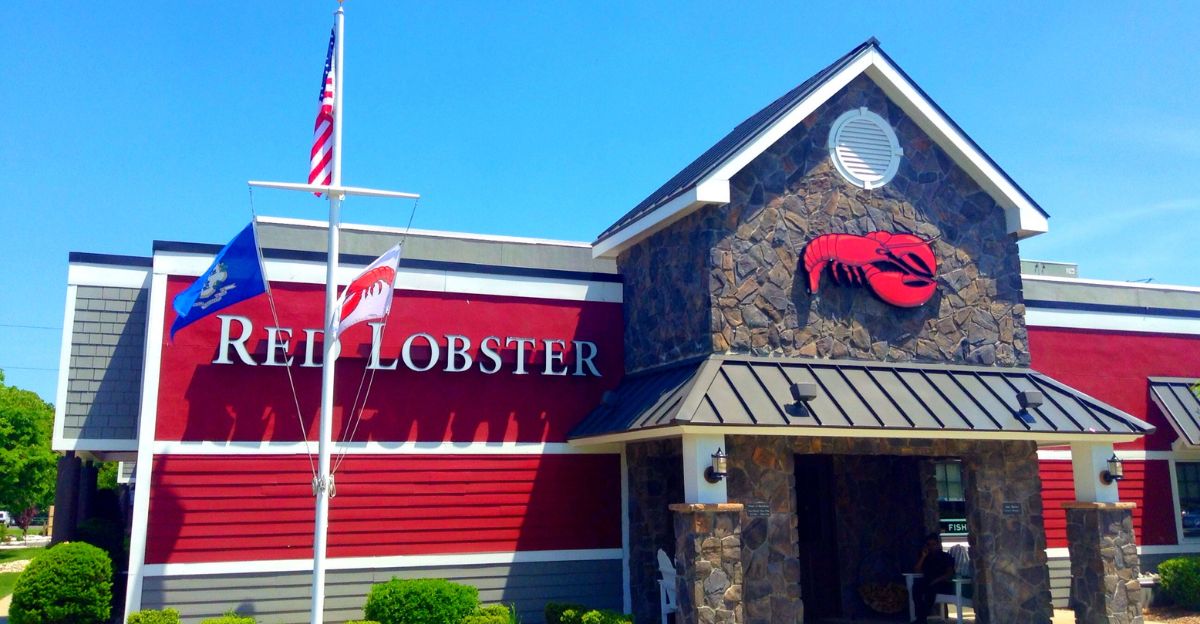
Red Lobster’s May 2024 Chapter 11 bankruptcy surprised the casual dining seafood sector. With over 700 units, the chain cited record-high seafood prices, labor shortages, and consumer demand for healthier, fast-casual fare.
Closing 99 stores is how even venerable brands are vulnerable when supply chain disruption and inflation meet. The plight of Red Lobster underscores the rising consumer interest in sustainability and convenience that requires old-school brands to reposition their value proposition or sink below the waves of change.
BurgerFi
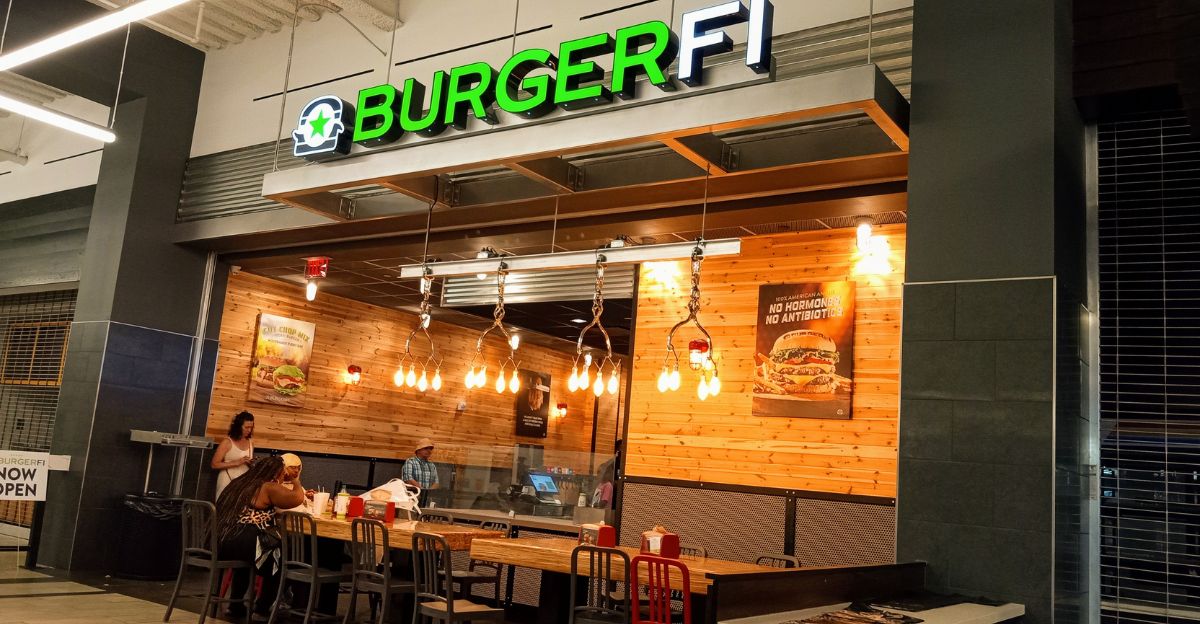
BurgerFi’s September 2024 bankruptcy exemplifies the precariousness of fast-casual chains in a time of wage inflation and intense competition. Despite rapid growth, the chain experienced significant employee turnover, and the pressures of super-thin margins compounded by inflation.
The case makes one question the notion that fast-casual is a growth sector by definition.BurgerFi’s financial distress is a cautionary tale about the dangers of overexpansion without solid unit economics and the critical importance of operational efficiency in a saturated burger market.
Buca di Beppo
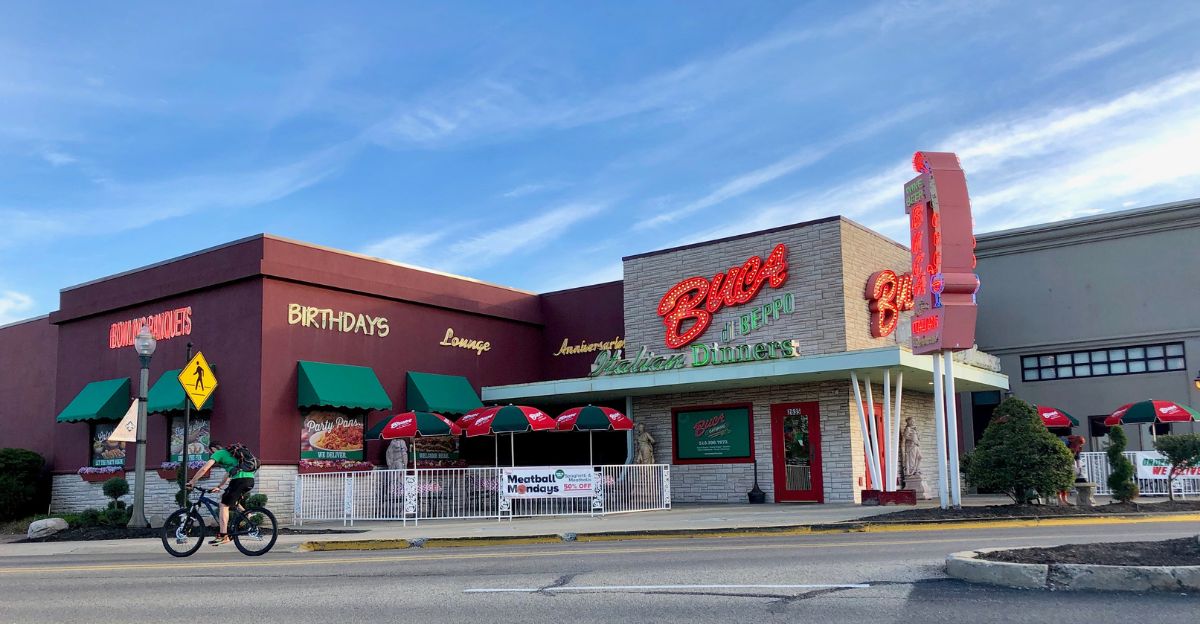
Buca di Beppo’s August 2024 bankruptcy filing marks the end of an era for theme-ed, family-style Italian restaurants. Red Lobster’s downfall represents the increasing manner in which consumers focus on sustainability and convenience, forcing legacy brands to rethink their value proposition, or simply live with the changes around them.
Sweetgreen
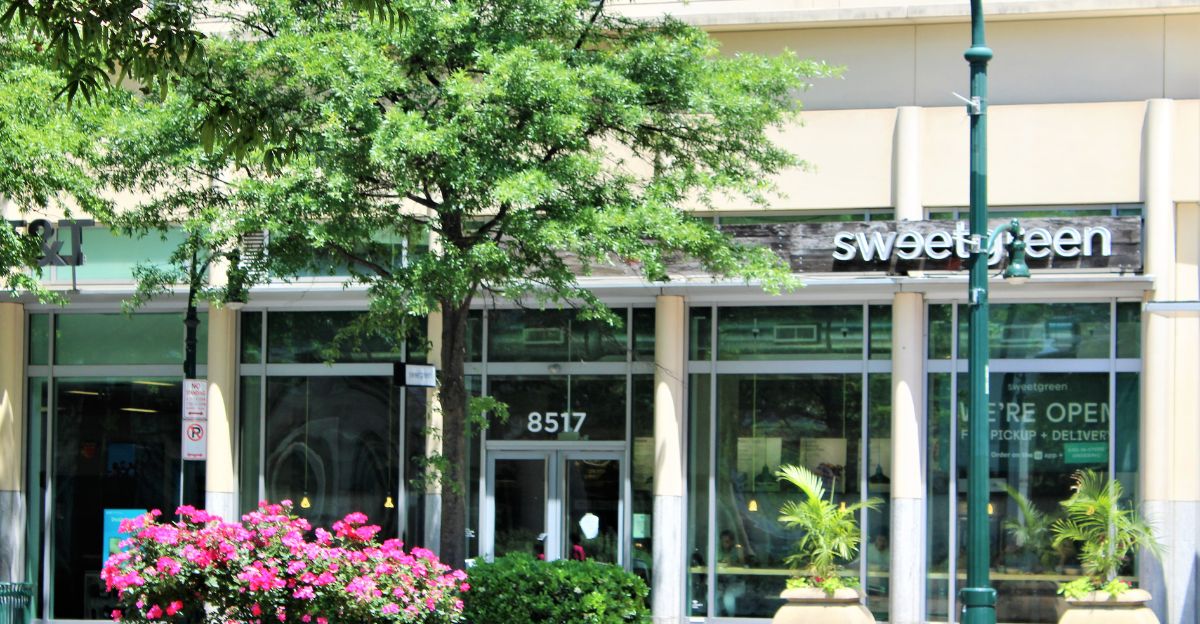
Sweetgreen, previously hailed as a pioneer in fast-casual healthy dining, unveiled extensive financial restructuring in early 2025 following a mauling of record-high ingredient costs and supply chain issues.
Despite millennials and Gen Z consumers being incredibly loyal to the Sweetgreen brand, the company’s hyper-growth was unsustainable against inflation and labor shortages.
The company’s hardships show that even healthy, trendy concepts are not immune to the broader industry pressures. Sweetgreen’s experience points to the pressing need to balance aspiration growth and cost control with operational efficiency in today’s uncertain climate.
Rubio’s Coastal Grill
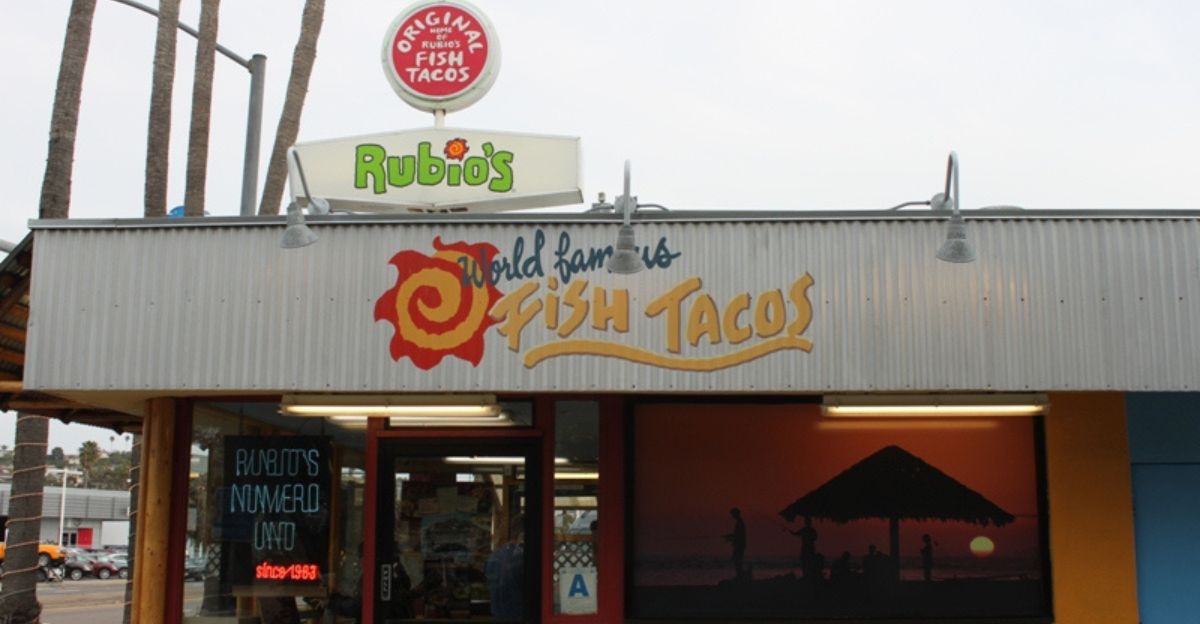
Rubio’s Coastal Grill’s bankruptcy filing in June 2024 is a case study of the risk of niche concepts in the casual dining space in challenging economics. The Baja-style Mexican food chain suffered hefty sales losses due to increased costs from inflation and proximity to quick-service options.
The company’s restructuring demonstrates the challenges of many mid-sized chains in balancing quality, price, and operations.Rubio’s situation captures how economic headwinds and shifting consumer habits reshape the casual dining industry.
Tijuana Flats
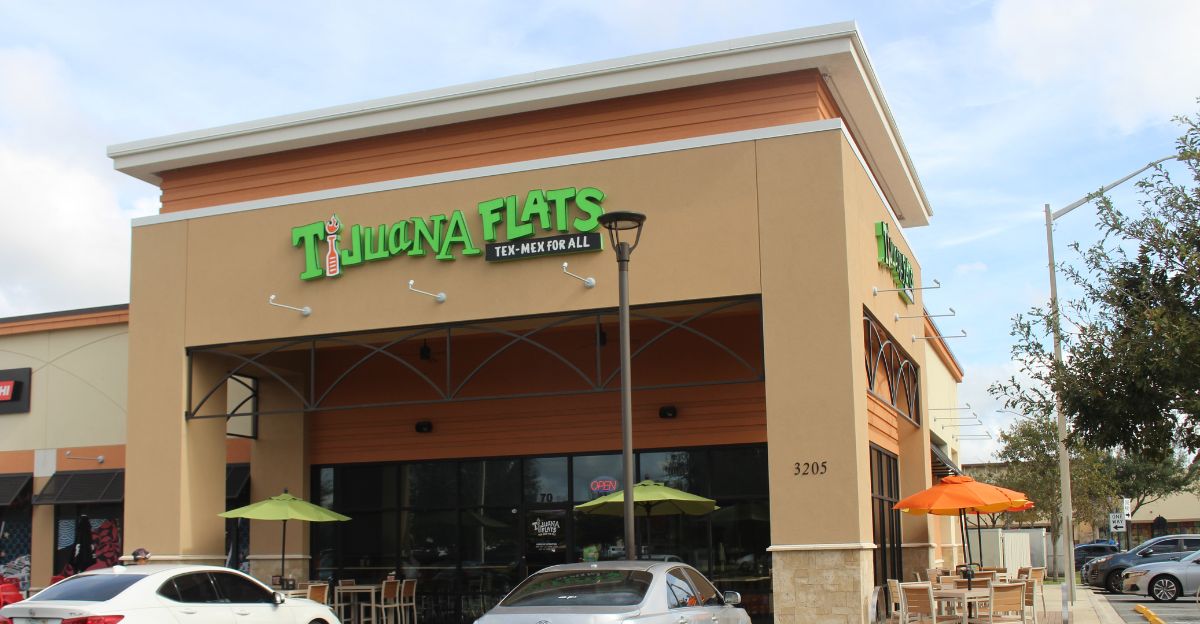
The April 2024 bankruptcy filing by Tijuana Flats reflected the broader, ongoing challenges in the Tex-Mex segment regarding debt and saturation in their operating markets. While the Tijuana chain had successfully captured the regional loyalty of guests, they were still unable to keep up with rising rents and labor costs.
The bankruptcy process resulted in closures and asset sales, illustrating that nobody, even loyal regional favorites, is free from the weight of industry pressures. Tijuana Flats exemplified a need to diversify and digitize within an affordable, competitive market.
Denny’s
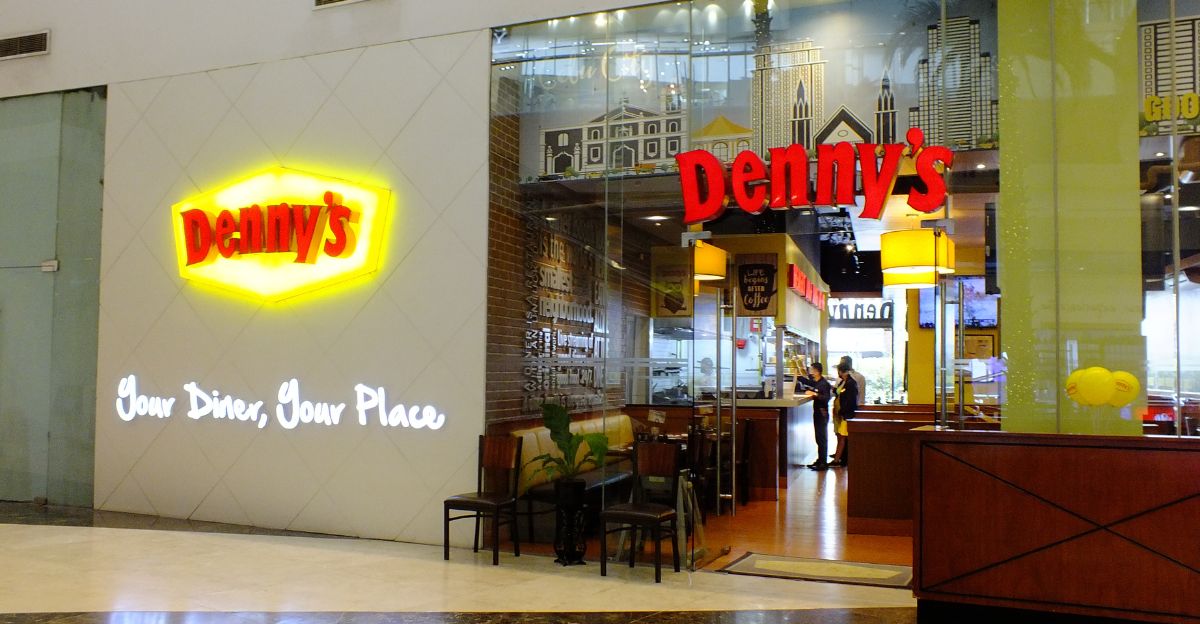
Denny’s, an American diner staple, cut 150 underperforming locations in 2024 and 2025 as sales fell and units aged. Despite not being a formal bankruptcy, these closures indicate Denny’s is in poor financial shape, similar to some of the other brands, with their choice to close stores viewed as a strategic consolidation.
Denny’s story represents an essential lesson for legacy brands: adapt or die. Their story illustrates the need for brands to innovate in technology and product development and to target younger generations contemporaneously when faced with consumer dining habits changing faster than ever.
Frequent Themes

Six brands had overlapping themes, emphasizing excessive debt, the inability to pivot to customers’ wants, and general inefficiencies in operations. The perfect storm of increased labor costs, food costs, inflation, and inhibitions to dining out did them in.
The pandemic fast-forwarded fast casual and delivery trends, leaving full-service and mid-scale casual dining paradigms behind and out in the open. The bankruptcies show that existing business models have only survival methods: speed, imagination, and genuine willingness to disrupt existing models.
Industry and Economic Implications
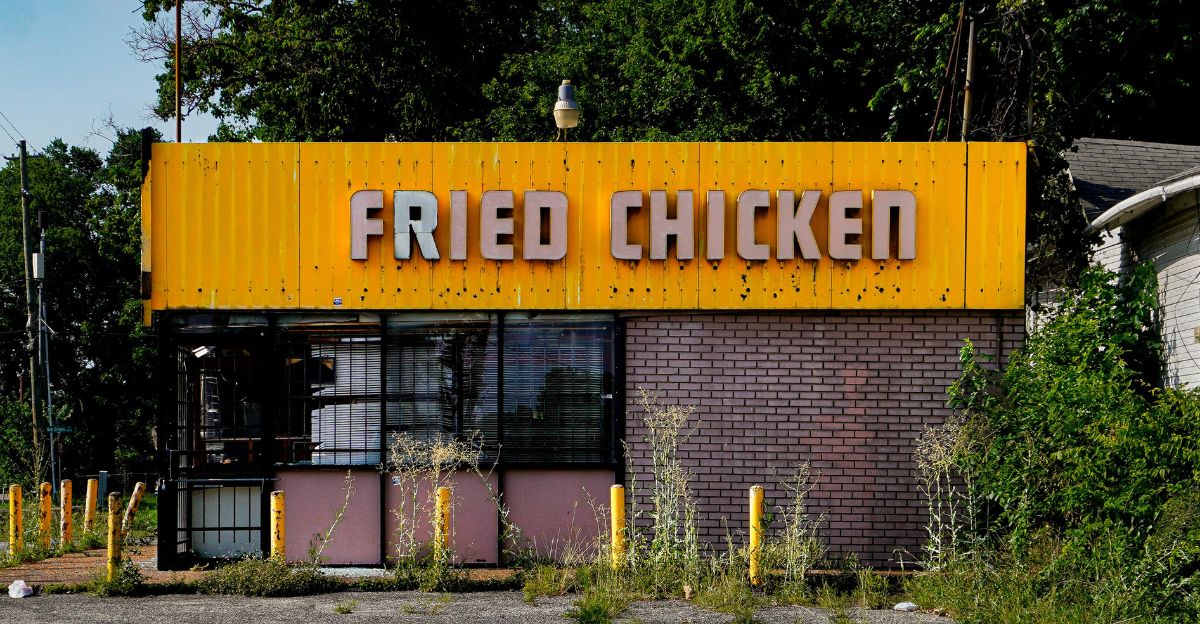
The ripple effects of these bankruptcies extend beyond shuttered restaurants. Job losses strain local economies, and commercial real estate sees increased vacancies. Suppliers and franchisees are suffering financial losses, and customer choice is compressed.
Due to the contraction pressures, competitors are forced to innovate, and some may not survive. The spiral Catalyst effect raises alarms of a more substantial reconfiguration in the restaurant business; winners and losers will be the ones that adapt to technology, become leaner, and evolve with changing consumer preferences.
Strategies for Resilience and Renewal

The bankruptcy wave is an eye-opener for the restaurant business. Chains must invest in digital change, streamline operations, and enlarge revenue streams like delivery and ghost kitchens. Embracing trends in sustainability and wellness could attract new customers.
Investors and operators must revamp capital structures so they are not overwhelmed by debt. The future ultimately lies with brands that combine innovation with operational discipline and deep understanding of evolving consumer desire, a formula for resilience in an uncertain world.
